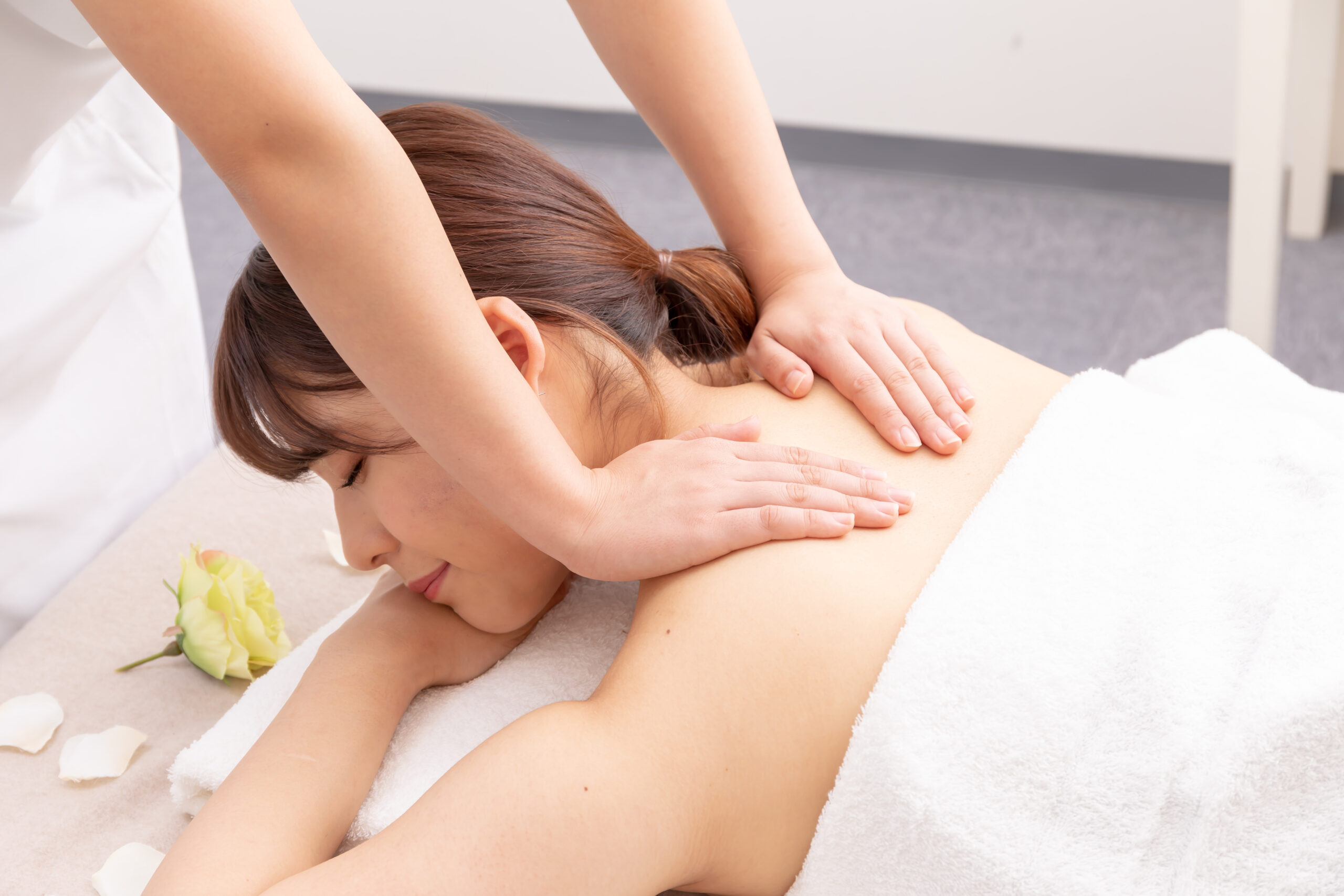Japan’s wellness market offers an exciting landscape for health and wellness brands looking to expand their reach. With a rich history in holistic health practices and a population increasingly focused on physical and mental well-being, Japan presents numerous opportunities for businesses to introduce innovative products and services. In this article, we’ll explore the key opportunities and promising product categories within Japan’s wellness economy.
Understanding Japan’s Wellness Economy
The wellness market in Japan was valued at $241.2 billion in 2022, making it the fourth largest globally and the second largest in the Asia-Pacific region. Despite the setbacks from the COVID-19 pandemic, the industry has shown resilience and is poised for growth as consumer demand for health-focused products and services continues to rise. From traditional wellness practices to modern innovations, Japan’s diverse market offers potential in a range of sectors.
Key Product Categories with High Potential in Japan
Based on the latest data, the following product categories stand out as having a particularly high chance of success in Japan’s wellness economy:
-
Healthy Eating, Nutrition, and Weight Loss
- This sector remains one of the largest within Japan’s wellness market, generating $57.8 billion in 2022. Products like healthy-labeled foods, beverages, vitamins, and supplements are in high demand as Japanese consumers become more health-conscious. The emphasis on natural ingredients and balanced nutrition aligns well with traditional Japanese dietary habits, creating an ideal environment for brands offering organic, plant-based, and functional foods.
- Opportunities: Brands that focus on plant-based alternatives, clean-label foods, and dietary supplements will find a receptive audience. Emphasizing the quality and sourcing of ingredients can also resonate strongly with Japanese consumers.
-
Personal Care and Beauty
-
Valued at $61.7 billion in 2022, the personal care and beauty sector is another robust market in Japan. Japanese consumers are known for their dedication to skincare and beauty routines, which provides a lucrative opportunity for brands specializing in natural and innovative skincare products.
- Opportunities: Products that focus on anti-aging, natural ingredients, and holistic beauty practices have a strong appeal. Given Japan’s cultural focus on minimalism and purity, clean beauty products with transparent ingredient lists are likely to attract significant interest.
-
-
Mental Wellness
-
Mental wellness is gaining traction in Japan, with the market reaching $5.07 billion in 2022. There is a growing awareness around mental health, driven by the stresses of modern life and a desire for improved well-being. Products and services related to mindfulness, stress reduction, and sleep improvement are becoming increasingly popular.
- Opportunities: Companies offering meditation apps, sleep aids, stress-relief products, or services that promote emotional well-being can find a niche in this expanding sector. Tailoring offerings to fit Japan’s cultural context of mindfulness and holistic health could provide an edge.
-
-
Wellness Tourism
- Wellness tourism is on the rise in Japan, with a market size of $17.65 billion in 2022. The concept of wellness travel, which includes spa treatments, hot springs (onsen), and traditional therapeutic practices, is deeply embedded in Japanese culture. This trend presents a great opportunity for businesses focused on experiential wellness.
- Opportunities: Wellness tourism brands can benefit from creating unique travel packages that blend traditional Japanese therapies with modern wellness practices. Promoting eco-friendly and sustainable travel experiences can also enhance appeal to both domestic and international tourists.
-
Physical Activity
- The physical activity market in Japan, valued at $35.98 billion in 2022, includes fitness activities, sports, and mindful movement like yoga and Pilates. With a growing interest in maintaining physical health, particularly among the aging population, there is ample scope for fitness-related products and services.
- Opportunities: Fitness brands can cater to this market by offering products and services that focus on low-impact exercises suitable for older adults, as well as high-tech fitness solutions like wearable devices and virtual fitness classes.
Trends Driving Growth in Japan’s Wellness Market
-
- Aging Population: Japan’s demographic trend towards an aging population is creating demand for products that promote healthy aging, preventive care, and mental well-being.
- Holistic Health: There is a cultural preference for holistic health approaches, which integrates traditional practices with modern wellness innovations.
- Sustainability: Japanese consumers are increasingly prioritizing sustainability and environmentally-friendly practices, which influences their purchasing decisions, especially in the wellness and beauty sectors.
Strategies for Entering the Japanese Wellness Market
-
- Localization: Adapt your products to meet local tastes and cultural preferences. Japanese consumers appreciate attention to detail and culturally relevant branding.
- Quality and Transparency: Emphasize high-quality ingredients and transparent sourcing. Japanese consumers tend to be well-informed and place great value on the quality of the products they use.
- Partnerships: Collaborating with local influencers, wellness experts, and retail partners can help build credibility and trust among Japanese customers.
Conclusion
Want to learn more?




